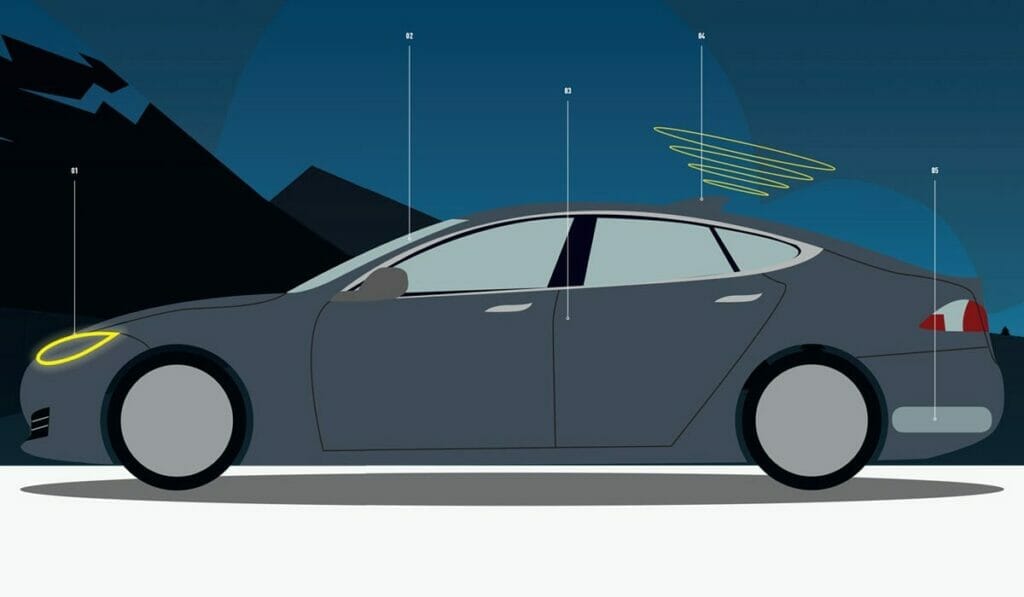Predictions are, by definition, hit or miss. And, if commentators from the 1950s were anything to go by, mostly miss – otherwise, we would all be zipping around in flying cars today. To avoid the same embarrassment, The Peak eschews blind optimism and scours laboratories for promising, nascent technologies, to make educated guesses on what would disrupt the automotive mainstream within 10 years. Here is what we found.
5 future car technologies that will be commonplace within a decade
What would be mainstream in the motoring industry in the next couple of years?



